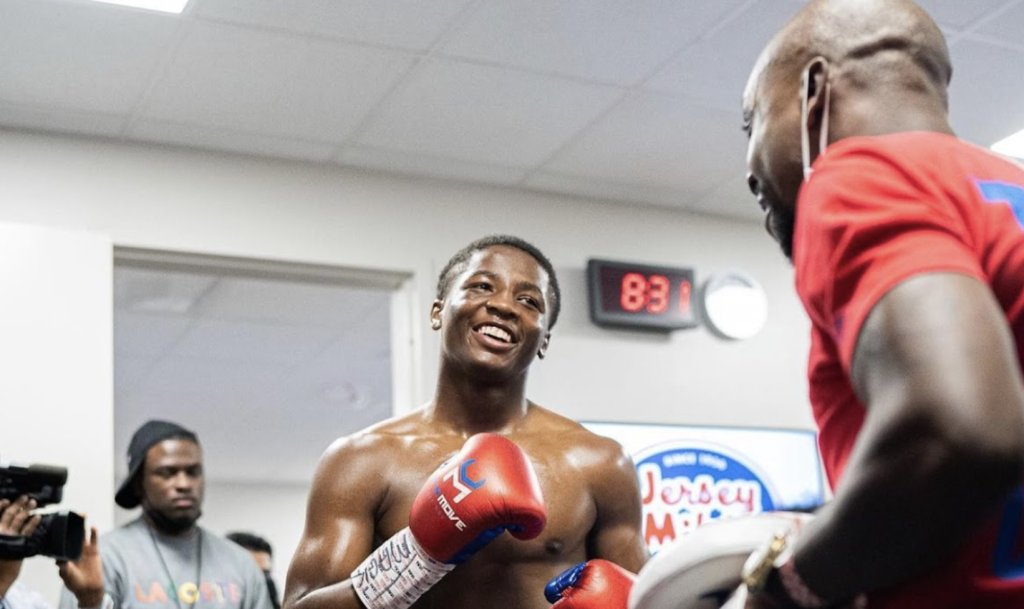
In the world of boxing, everyone hears about the big names and title fights along with the hype that follows. However can you really tell who is better when comparing pro boxers with amateur boxers that have a similar record? Taking a look at opponent access and manipulation might change your mind when comparing your favorite big name boxer with their less known counterpart. In this article we’ll break down how pro and amateur boxers might have much closer skill levels when measured pound for pound inside the ring.
Choosing Your Opponent
Creating matchups for boxing fights is an interesting thing to look at when comparing professional and amateur fighters. Amateur fighters are matched to an opponent that is in their weight class and often don’t find out who that might be until very close to the actual match. Potentially being someone far better, worse, or at a similar skill level to them. Professional fighters have more say in who they want to fight to create hype, conserve their record, and potentially give themselves a better shot at winning. So who is the better fighter? The boxer that is 30-0 that was unable to choose any of their opponents, or the boxer that is 30-0 who had a say in who their opponent is their past 10 fights? Let’s break it down.
Skill Level
When it comes down to raw boxing talent and skill, an actual boxing record can only be a good reading for the athletes that have enough competitive fights to create their record. For example, Ozzie Akcakaya, the founder of Hit N Move, has been training boxing for years and sparred against some of the best boxers today. Although he doesn’t have a professional boxing record, he is regarded as an excellent boxer in many gyms today. Lots of boxing fans take the opportunity to look at who exactly boxers with great records have fought in their career. Creating the “pound for pound” measurement. Are they fighting boxers that have been training for years in the sport? Or boxers that are fairly new? Experience and longevity matter when evaluating the skill level of an individual boxer.
Break Down of Fight Night
For many competitive boxers without the fame or loads of fights under their belt, they end up with an early fight against an opponent they might not know. While this throws a wrench in training for a specific opponent, it forces amateurs to go against fighters they know nothing about. On the other end of things, “professional” fighters have title fights announced months in advance with fans shelling out cash to watch that specific matchup. A great example of this would be controversial Jake Paul. They are able to prepare for a specific opponent, often having a say in who that may be. Looking for the hometown hero to win? Match them with an opponent that falls to their strengths – simple as that. While there is nothing wrong with strategically matching fights, it creates a gap between fight records and raw boxing skill. Further blurring the line between the skill level of an amateur boxer and a professional one.
Conclusion
While it’s apparent that both professional and amateur boxer with impressive records have a high level of skill, it’s always important to look behind the curtain into training, opponents, and fight setup. Professional big name boxers often have a say in who their next fight will be against. Amateur boxers not so much. So who would generally be the better fighter? Many will say that the amateur boxer that has not chosen his opponents and maintains a strong record will be more skilled than his professional counterpart. Of course the only way to compare two boxers is to have them actually set up a boxing match and go toe to toe in the ring. At the end of the day, boxing is a sport against oneself in the gym and a record is a small peek into actual training and overall skill level.
